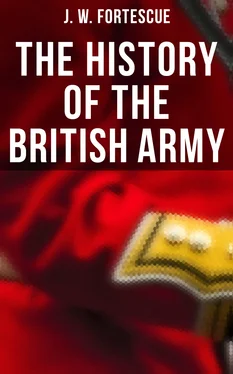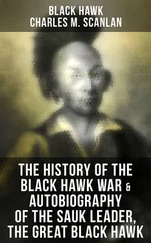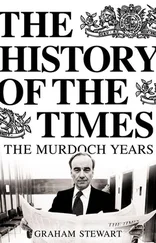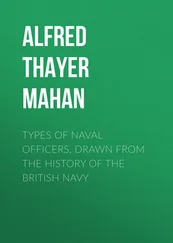1658.
Lockhart, who took over the command after Reynolds' death, found the remnant of the army in a very bad state. Discipline was decidedly lax; and the French complained bitterly of the insolence of their allies. This of course was no new thing. So far back as 1603, in the wars of Dutch Independence, a dispute about some firewood had set an English and a French regiment fighting; and the quarrel had ended in the flight of the French to their ships, leaving their Colonel and sixteen of their comrades dead behind them.[190] The English now, probably on some equally trivial occasion, fell at variance with the French guards and killed several of them; nor could all the frenzy of French indignation avail to obtain the least redress. Lockhart attributed this insubordinate spirit to the dearth of chaplains; but the true explanation was that over eighty of the officers, disliking the tedium of winter-quarters, had absented themselves, as was customary, from their regiments. When they returned, and four thousand fresh troops with them, Morgan seems to have had little difficulty in restoring discipline.
March.
May 16 27 .
May 23
June 2.
Morgan opened the campaign before the arrival of Lockhart by the capture of two small redoubts that lay on the road to Dunkirk; but it was not till the 4th of May that Turenne broke up his quarters at Amiens, and after a very difficult march to Dunkirk, on the 27th invested the town. A brilliant repulse of a Spanish sortie by the English put him in good humour with his allies, and he was fain to confess that they had done right well.[191] He was to appreciate them still higher within a week; for on the 2nd of June the Spanish army, fifteen thousand strong, under Don John of Austria, Condé, the Marquis Caracena, and James, Duke of York, drew down to within a mile of his headquarters, with the evident design of forcing the besiegers' lines.
We must pause for a moment over the composition of the motley Spanish host, for there is a part of it under James, Duke of York, with which we are nearly concerned. Five regiments in all, amounting to some two thousand men, were entrusted to the Duke's command. Three of these, James's own, Lord Ormonde's, and Lord Bristol's, were Irish, the relics of the loyal party that had been scattered by Cromwell; one, Middleton's, was Scotch, and represented fragments of the force that had been broken up by Monk; and one, which readers must not omit to mark, was English, made up of refugees mostly of gentle birth. It comprehended the last shreds of old English royalism, and was called the King's Regiment of Guards.
Nor must we omit to throw a passing glance at the army of Turenne. First and foremost there were the six regiments sent out by Cromwell. Then there was a regiment with which we parted last after the battle of Verneuil, the Scottish body-guard of the kings of France. Next, there was a regiment which we saw pass from the Swedish to the French service in 1635, Regiment Douglas, some time the Scots Brigade of King Gustavus Adolphus. It had passed through many campaigns and absorbed other corps of British within the past twenty years, and could now add the names of Rocroi, Lens and Fribourg to its records; but here it was, newly recruited from Scotland by the Protector's permission, marching side by side with the red-coats, though quite unconscious how soon it was destined to take its place among them, to fight the battle of Dunkirk Dunes. Lastly, an Irish regiment, known by the name of Dillon, and made up of men who had fled from the wrath of Cromwell, completed the strange representation of the united Commonwealth.[192]
It was evening of the 2nd of June before Turenne could satisfy himself that the whole of the Spanish army was present before him, but no sooner was he assured of it than he resolved to fight on the morrow. The English were still at Mardyck, and the orders reached Lockhart so late and came as such a surprise that the marshal politely intimated his wish to give reasons for his determination. "I take the reasons for granted," answered Lockhart, "it will be time to hear them when the battle is over." At ten o'clock the English marched off, Lockhart, who was suffering agonies from stone, driving in his carriage at their head, and at daybreak reached Turenne's headquarters. The next three hours were spent in drawing up the line of battle, which was of the mathematical precise type that prevailed in those days. In the first line there were thirteen troops of cavalry on the right wing, as many on the left, and eleven battalions of infantry in the centre; in the second line there were ten troops on the right, nine on the left, and seven battalions in the centre. Five troops of horse were posted midway between the two lines of infantry, and four more were held in reserve. The whole force was reckoned at six thousand horse and nine thousand foot, of which latter the English contingent made more than half. The place assigned to the red-coats was the left centre, which, if not the post of honour, was assuredly the post of danger.
May 24
June 3.
Don John's line of battle was widely different. He had taken up a strong position among the sand hills, facing west, his right resting on the beach, his left on the Bruges Canal; and the whole of his infantry was drawn up in his first line. A sand hill higher than the rest on his right was regarded as the key of the position, and was strongly held, as the place of honour, by four Spanish regiments. Next to them on their left stood the five regiments under the Duke of York, with one battalion in reserve, and the line was continued by battalions of Germans and Walloons. The Spanish horse was massed behind the foot in columns according as the sand hills permitted; and the whole force numbered between fourteen and fifteen thousand men.
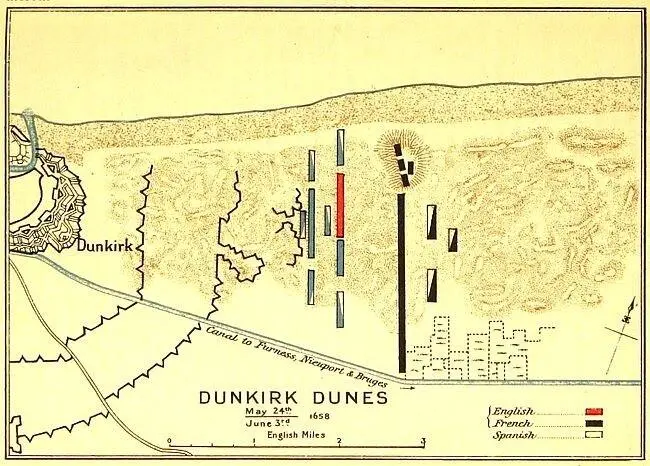
DUNKIRK DUNES
May 24 thJune 3 rd1658
Notwithstanding that they had marched all night, and in spite of Turenne's orders that the line should dress by the right, the English outstrode the French in the advance and began the action alone. The position occupied by the Spaniards in their front was so strong, that Lockhart by his own confession despaired of carrying it. Lieutenant-Colonel Fenwick however, who commanded Lockhart's regiment, undertook the task without the General's instructions. Covered by a cloud of skirmishers he advanced steadily with his pikes to the foot of the sand hill, and while the musketeers wheeling right and left maintained a steady fire, he calmly halted the pikes to let the men take breath. Then with a joyful shout they swarmed up the treacherous sand and went straight at the Spaniards. Fenwick fell at once, mortally wounded by a musket shot; his major, Hinton, took his place, and was also shot down. Officer after officer fell, but the men were not to be checked, and though the Spaniards, backed by a company of the English guards, fought hard and well, they were fairly swept off the sand hill, and retired in confusion, leaving nine out of thirteen captains dead on the ground. James, Duke of York, tried to save the rout by charging Lockhart's victorious regiment with his single troop of horse, but he was beaten back, and though at a second attempt he succeeded in breaking into its flank he met with so sturdy a resistance from every isolated man as convinced him that his effort was hopeless. Meanwhile the rest of the English regiments advanced quickly in support; the French horse on the left wing came up likewise, and the rout of the Spanish right was complete.
With the uncovering of its right flank the whole of Don John's line wavered, and few regiments, except those under the immediate direction of Condé, far away on the left, showed more than a feeble resistance to the advancing French. Very soon the whole force—Spaniards, Walloons and Germans, Scots and Irish—were in full retreat, and a single small corps of perhaps three hundred men stood isolated and alone in the position among the sand hills. A French officer rode forward and summoned the little party to surrender. "We were posted here by the Duke of York," was the answer, "and mean to hold our ground as long as we can." The Frenchman explained that resistance was hopeless. "We are not accustomed to believe our enemies," was the reply. "Then look for yourself," rejoined the Frenchman; and leading the commander to the top of a sand hill he showed him the retreating army of Spain. Thereupon the solitary regiment laid down its arms: it was the English King's Royal Regiment of Guards.[193]
Читать дальше
